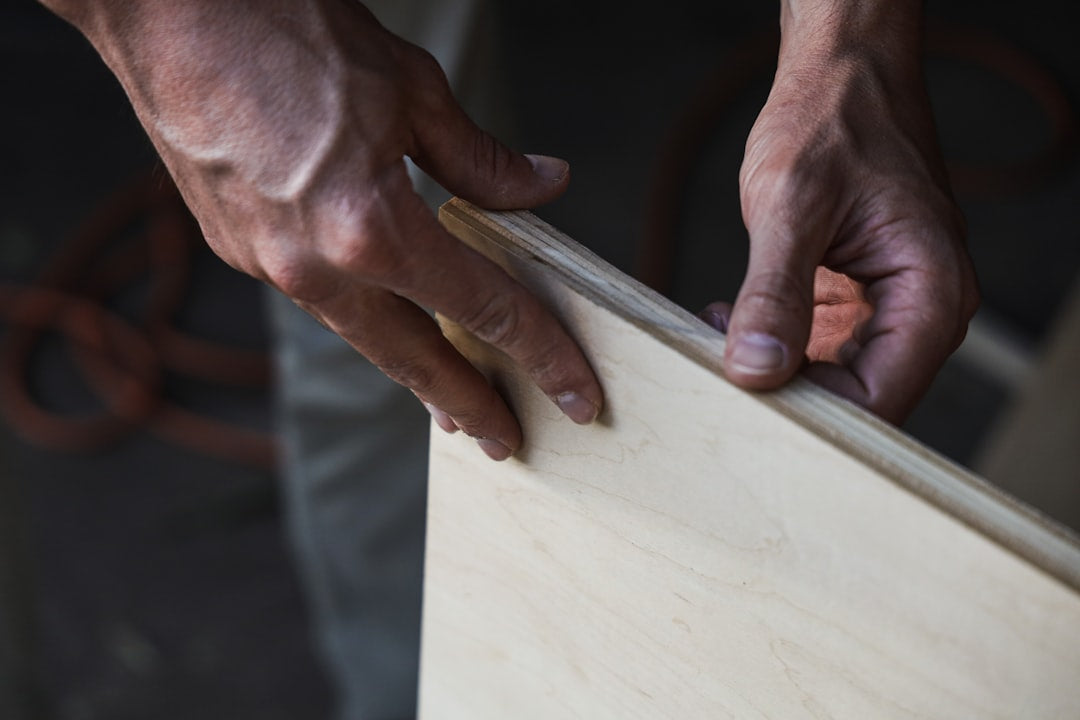When it comes to building sturdy and reliable structures, the installation of concrete formwork plywood is a critical step in the construction process. Whether you are a seasoned contractor or a DIY enthusiast, understanding how to properly install formwork plywood is essential for the success of your project.
Choosing the Right Material: MDO Plywood
One of the most popular choices for concrete formwork plywood is Medium Density Overlay (MDO) panel with a film backer. MDO plywood is renowned for its durability, smooth finish, and exceptional dimensional stability. When selecting formwork plywood, opt for MDO plywood for its superior quality and performance.
Preparing the Site for Installation
Before you start the installation process, ensure that the site is clear of any debris or obstacles. Properly level the ground and make necessary adjustments to create a stable foundation for the formwork plywood. Take the time to plan and measure the dimensions accurately to avoid any issues during installation.
Securing the Formwork Plywood
When installing concrete form ply, it is crucial to secure the plywood firmly in place to prevent any shifting or misalignment. Use appropriate fasteners such as nails or screws to secure the formwork plywood to the framework. Ensure that the plywood is tightly secured to avoid any gaps or leaks during the concrete pouring process.
Sealing Joints and Edges
To ensure a seamless and watertight formwork system, it is essential to seal all joints and edges of the plywood. Use a high-quality sealant or caulking material to seal any gaps or openings in the formwork. Properly sealing the joints will prevent concrete leakage and ensure a smooth finish on the final structure.
Understanding Different Plywood Types
1. MDO Plywood
MDO plywood, also known as Medium Density Overlay plywood, is a popular choice for concrete formwork due to its moisture resistance and smooth surface. The film backer on MDO plywood provides added protection and durability, making it ideal for use in construction projects that require a high-quality finish.
2. Phenolic Plywood
Phenolic plywood, commonly referred to as film-faced plywood, is another excellent option for concrete formwork applications. Phenolic plywood is known for its resistance to moisture, chemicals, and abrasion, making it suitable for outdoor construction projects where the plywood will be exposed to harsh conditions.
3. Film Faced Plywood
Film faced plywood is specifically designed for use in formwork applications where a smooth and consistent finish is desired. The film coating on the plywood surface provides protection against moisture and ensures easy release of the concrete after curing. Film faced plywood is a versatile choice for various construction projects.
Proper Formwork Maintenance
To ensure the longevity and performance of your formwork plywood, regular maintenance is key. Inspect the plywood regularly for any signs of damage or wear and tear. Replace damaged or worn-out plywood promptly to maintain the structural integrity of the formwork system.
Maximizing Efficiency and Safety
Efficient installation of formwork plywood not only ensures the quality of the final structure but also improves safety on the construction site. Properly installed plywood reduces the risk of accidents and mishaps during the concrete pouring process, creating a secure working environment for all workers involved.
Advantages of Using High-Quality Formwork Plywood
Investing in high-quality formwork plywood, such as MDO plywood or phenolic plywood, offers numerous benefits for your construction projects. These advantages include superior durability, excellent finish quality, and enhanced moisture resistance, ensuring the success and longevity of your structures.
Expert Tips for Seamless Installation
For a seamless installation process, consider the following expert tips:
- Plan and measure accurately before installing the formwork plywood.
- Secure the plywood firmly to prevent shifting or misalignment.
- Seal all joints and edges to create a watertight formwork system.
- Regularly inspect and maintain the plywood to ensure optimal performance.
Mastering the Art of Formwork Plywood Installation
From choosing the right material to sealing joints and edges, mastering the installation of concrete formwork plywood requires attention to detail, precision, and expertise. By understanding the benefits of high-quality plywood options such as MDO plywood and phenolic plywood, you can elevate the quality of your construction projects and ensure long-lasting, resilient structures. Embrace the art of formwork plywood installation and take your construction projects to the next level.

